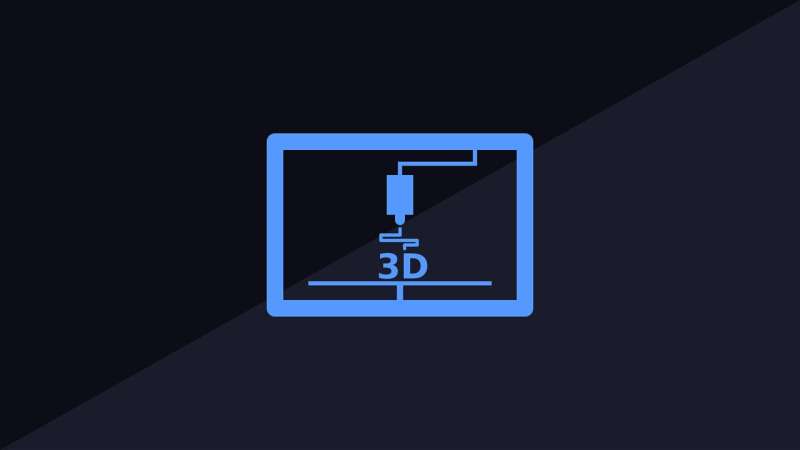
Professor Silvia Massini and co-author Eugene D. Hahn analyze early-stage financial investment in 3D printing, examining key drivers and geographic patterns. Their work is published in the Journal of International Management.
3D printing is a relatively new digital technology which can transform the way firms organize their innovation and production operations locally and globally. While 3D printing is being adopted by diverse organizations worldwide, empirical academic research on investment in early-stage 3D printing technology firms is still limited.
In the paper, the authors consider the geography of the 3D printing ecosystem to illuminate the financing of investment into early state firms developing innovation in this technology.
Using a hand-collected dataset of 500 firm-level investments, they hypothesize 3D printing investment is drawn to countries with greater innovative capacity, countries with greater human capital competencies, and countries with higher wages.
They found that larger investments tend to benefit companies developing 3D printing technology in higher wage locations and in countries with higher innovative capacity level, suggesting that investments in the 3D printing ecosystems take place mostly in locations that already have an ecosystem in place.
The study is one of the first to examine detailed patterns of global investment in a new digital technology ecosystem—3D printing, an increasingly important technology for innovation.
More information: Eugene D. Hahn et al, Cross-border and domestic early-stage financial investment in 3D printing: An empirical perspective on drivers and locations, Journal of International Management (2024). DOI: 10.1016/j.intman.2024.101172
Citation: Analyzing cross-border and domestic early-stage financial investment in 3D printing (2024, July 11) retrieved 11 July 2024 from https://techxplore.com/news/2024-07-border-domestic-early-stage-financial.html
This document is subject to copyright. Apart from any fair dealing for the purpose of private study or research, no part may be reproduced without the written permission. The content is provided for information purposes only.
